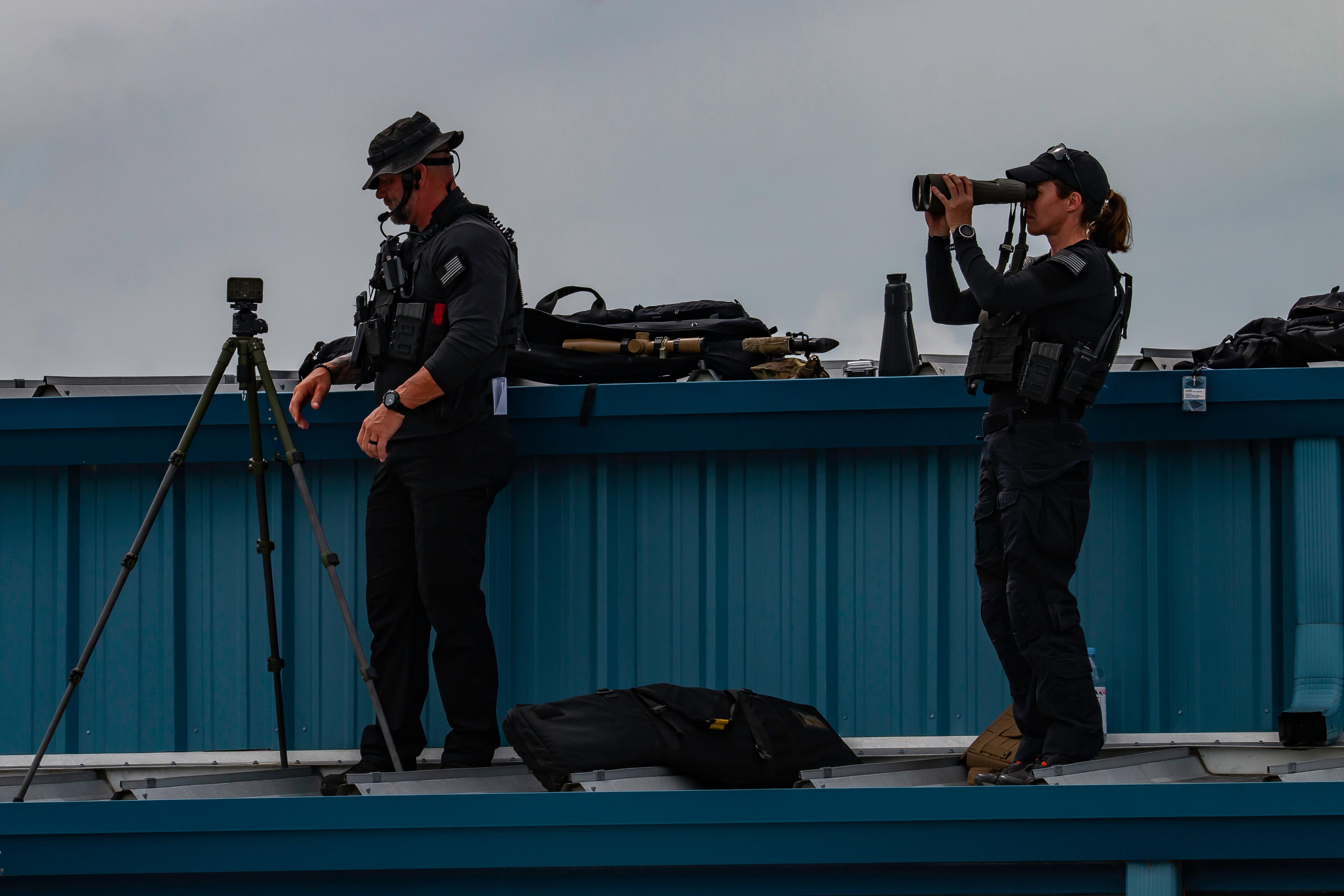Trump, Assassination Attempt
Secret Service Director: Here's why we didn't put sniper team on building used by would-be Trump assassin
Secret Service Chief defends security lapse in Trump assassination attempt; refuses to resign.

In a startling revelation that has shaken confidence in the U.S. Secret Service, Director Kimberly Cheatle has attributed a critical security failure to an architectural feature: a sloped roof. This admission comes in the wake of the attempted assassination of former President Donald Trump, where the assailant, Thomas Crooks, was able to take up an unguarded sniper position.
"That building in particular has a sloped roof at its highest point. And so, you know, there's a safety factor that would be considered there that we wouldn't want to put somebody up on a sloped roof," Cheatle told ABC News, attempting to explain why agents were not positioned to prevent the attack.
The decision to forgo roof security left Crooks with an unobstructed view of Trump from approximately 130 yards away, a vulnerability that has drawn sharp criticism from security experts. James Gagliano, a retired FBI supervisory special agent, challenged Cheatle's reasoning, stating, "You just have to work with the terrain you're presented with."
Former Secret Service agent Dan Bongino pointedly questioned the logic: "The Secret Service director said, 'don't worry, we didn't put someone on the roof because it could've created a dangerous situation.' Like what? Someone getting shot in the head?"
Despite mounting pressure to resign, Cheatle maintains her position. However, her explanation has done little to quell concerns about the agency's preparedness and decision-making processes. As investigations continue, there are serious questions about the future of VIP protection protocols and the leadership of one of America's most critical security agencies.
* The New York Post contributed to this article.